The pristine white sands and turquoise waters of Boracay Island have long been a crown jewel in the Philippines' tourism industry. After a six-month closure in 2018 for environmental rehabilitation and another pandemic-induced hiatus, the island's recent reopening has sparked both celebration and concern. While local businesses welcome the return of tourists, environmentalists warn that the island's fragile ecosystem may not withstand another surge of visitors.
Boracay's environmental woes are not new. Prior to its 2018 shutdown, the island had become a cautionary tale about unsustainable tourism. Untreated sewage flowed directly into the sea, algal blooms discolored the famous beaches, and unregulated construction had destroyed natural barriers against erosion. The drastic measure of closing the island entirely allowed for infrastructure upgrades and ecosystem recovery, but many wonder if these improvements will be enough to handle the current influx.
The island's carrying capacity remains a contentious issue. Officially, authorities have capped daily visitors at 19,215 - a figure determined through environmental studies. However, enforcement proves challenging during peak seasons when airlines add extra flights and hotels operate at full capacity. Local officials walk a tightrope between economic necessity and ecological responsibility, often facing pressure from business owners still recovering from pandemic losses.
New environmental protocols have been implemented, including stricter waste management systems and a ban on single-use plastics. All establishments must now connect to the island's upgraded sewage treatment plant, a critical improvement from the previous system where only about 40% of businesses properly treated their wastewater. These measures show promise, but their effectiveness depends on consistent enforcement and tourist compliance - neither of which can be guaranteed.
Climate change adds another layer of vulnerability. Rising sea levels and stronger typhoons threaten Boracay's low-lying areas, while warmer ocean temperatures could trigger more coral bleaching events. The island's famous marine biodiversity, once a major draw for snorkelers and divers, has already suffered significant degradation. Some dive operators now take visitors to less-frequented sites to allow popular reefs more time to recover.
The tension between preservation and profit manifests most visibly in ongoing debates about development projects. While high-end resorts generally comply with environmental regulations, budget accommodations and informal settlements continue to strain resources. Illegal tapping into water lines and unauthorized construction persist in some areas, despite regular demolition drives by authorities. These issues highlight the socioeconomic complexities underlying environmental management in a place where tourism provides nearly all employment opportunities.
Tourist behavior presents another challenge. While many visitors appreciate Boracay's natural beauty, not all respect its fragility. Discarded cigarette butts still appear in the sand, sunscreen not labeled "reef-safe" gets washed into the ocean, and some tourists remove marine life as souvenirs. Education campaigns attempt to address these issues, but with a constantly rotating population of visitors, the message must be continually reinforced.
Alternative tourism models have been proposed, including higher environmental fees or limiting access to certain areas, but such measures risk making Boracay exclusive to wealthier travelers. The local government has experimented with zoning systems, directing mass tourism to specific beaches while preserving others, but perfect solutions remain elusive. Some experts suggest emulating the Maldives' resort-island model, where each property manages its own environmental impact, but this would require radical restructuring of Boracay's current setup.
As Boracay navigates this reopening phase, it serves as a microcosm of the global struggle to balance tourism economies with environmental sustainability. The island's future may depend on whether it can transition from being a mass tourism destination to a model of responsible travel. For now, the white sands remain - but whether they stay that way will test the commitment of everyone who profits from or enjoys this tropical paradise.
The coming years will prove critical for Boracay. Monitoring systems now track water quality, beach erosion, and coral health with unprecedented precision, providing data to inform future decisions. How authorities respond to this information - and whether they prioritize long-term preservation over short-term gains - will determine if the island's second chance leads to true sustainability or becomes another cautionary chapter in the story of paradise lost.

By Emily Johnson/Apr 11, 2025
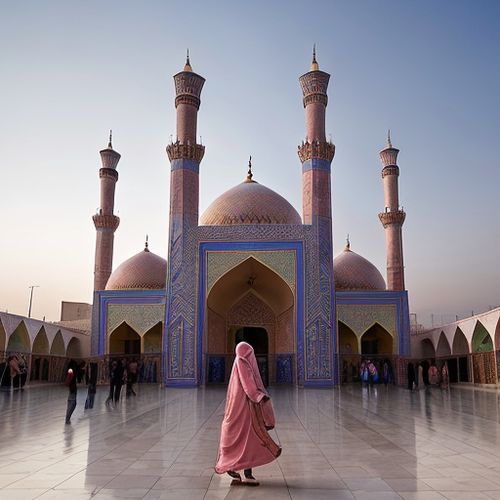
By William Miller/Apr 11, 2025
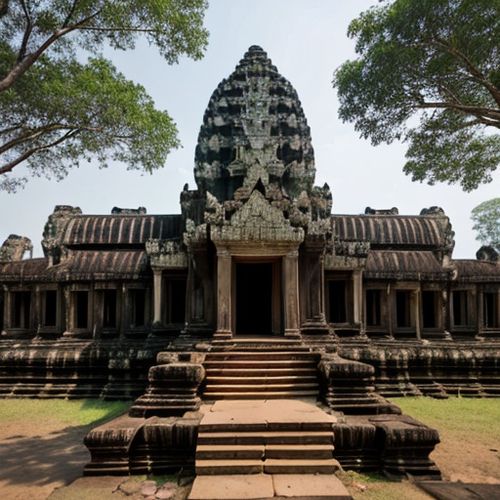
By Benjamin Evans/Apr 11, 2025
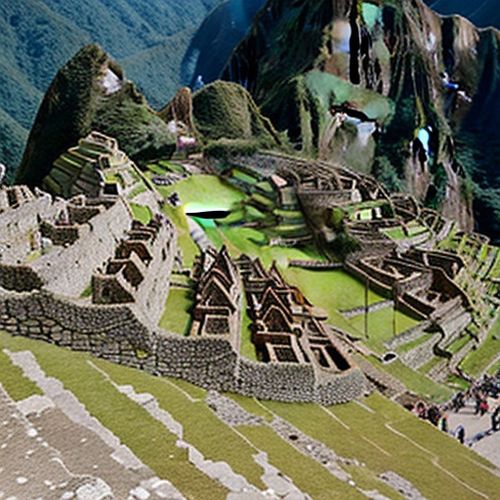
By Grace Cox/Apr 11, 2025
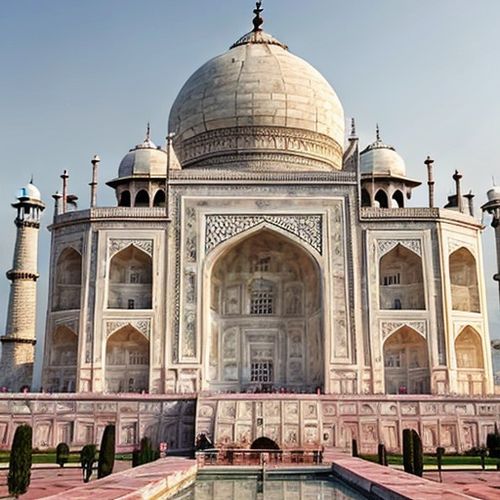
By Amanda Phillips/Apr 11, 2025

By James Moore/Apr 11, 2025
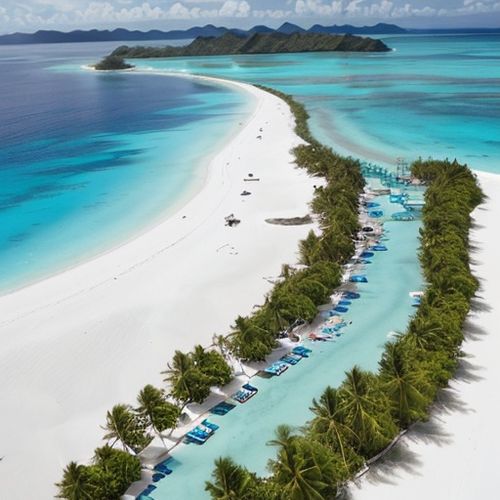
By Natalie Campbell/Apr 11, 2025
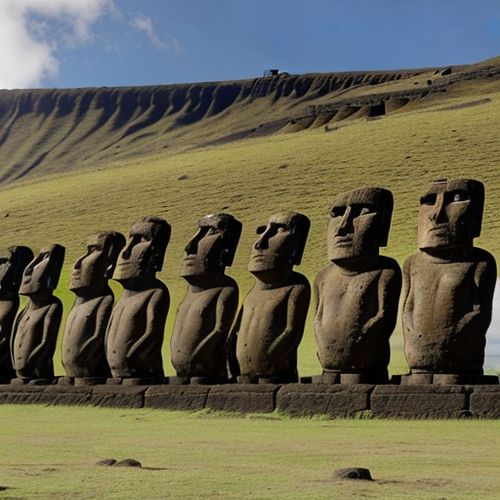
By Eric Ward/Apr 11, 2025
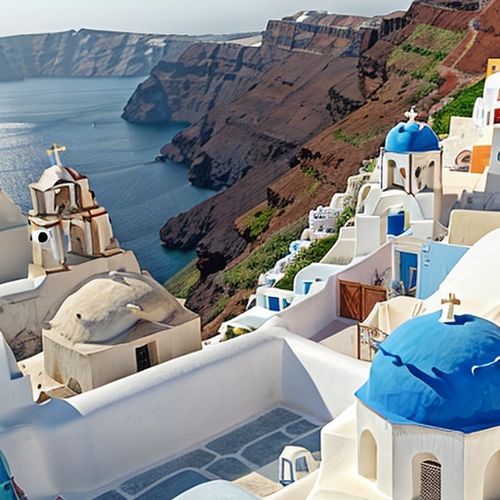
By James Moore/Apr 11, 2025
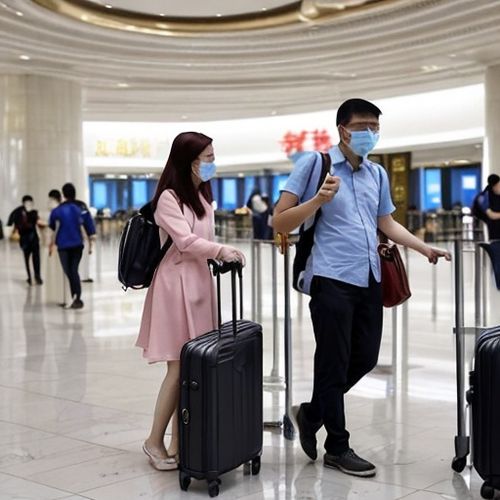
By Emily Johnson/Apr 11, 2025
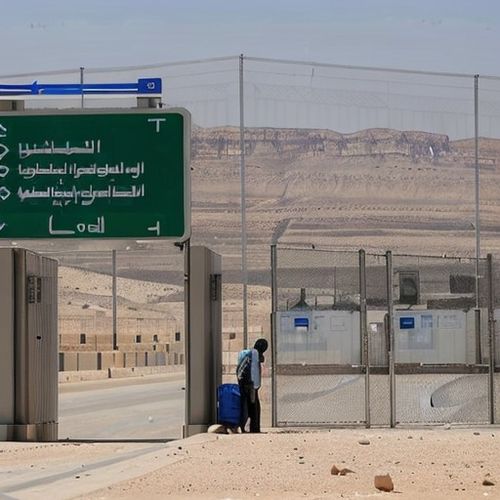
By Christopher Harris/Apr 11, 2025
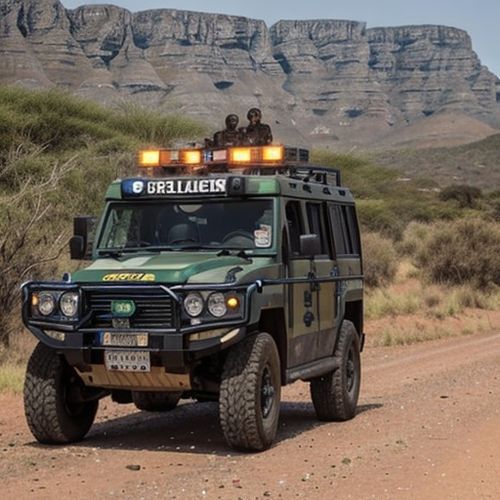
By Michael Brown/Apr 11, 2025
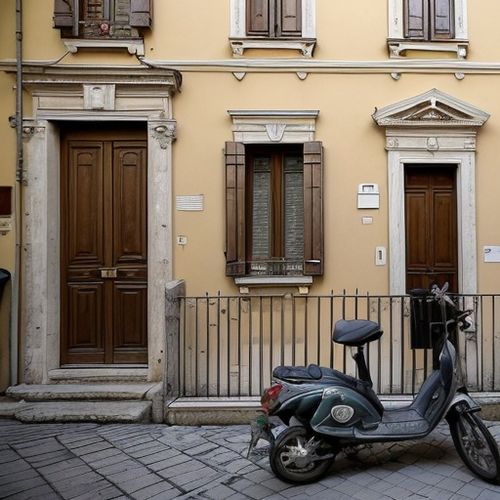
By Rebecca Stewart/Apr 11, 2025
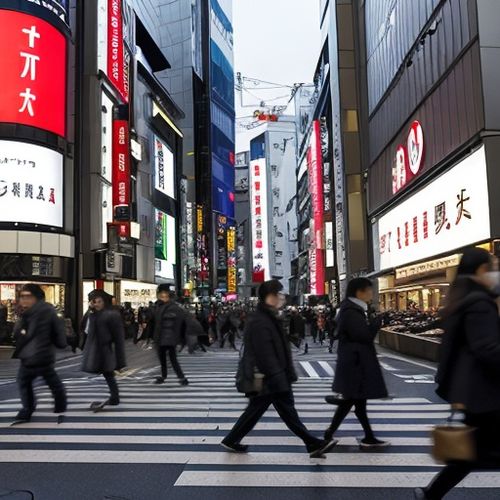
By John Smith/Apr 11, 2025
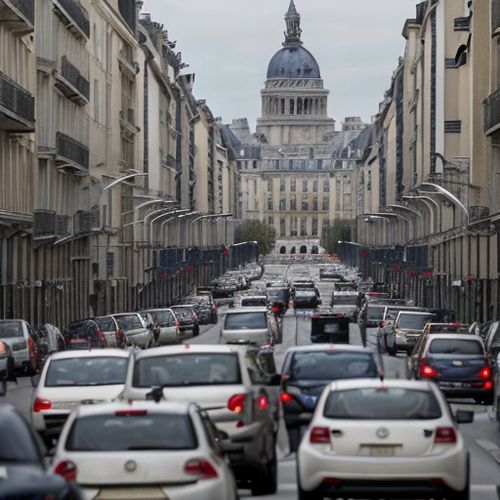
By Natalie Campbell/Apr 11, 2025
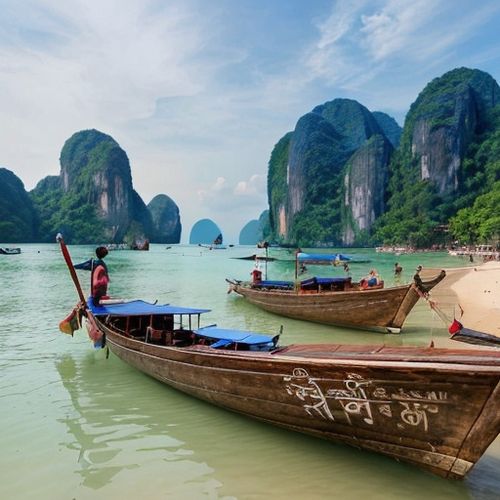
By Emily Johnson/Apr 11, 2025

By John Smith/Apr 11, 2025
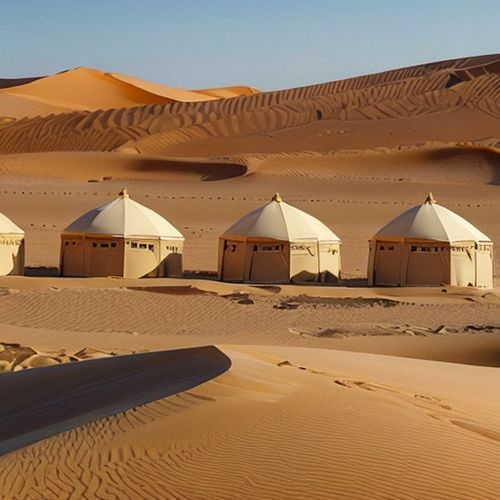
By Michael Brown/Apr 11, 2025
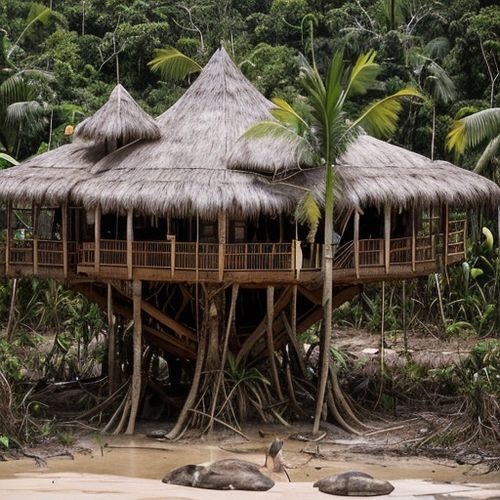
By Amanda Phillips/Apr 11, 2025
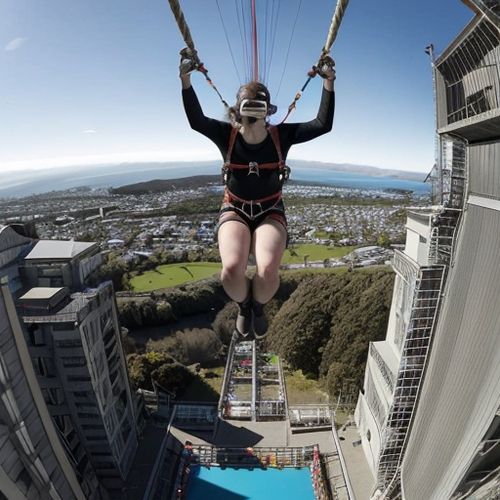
By Joshua Howard/Apr 11, 2025